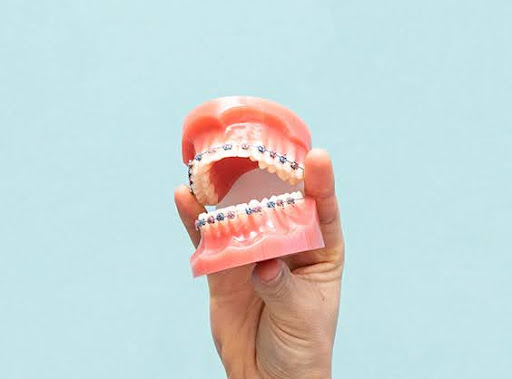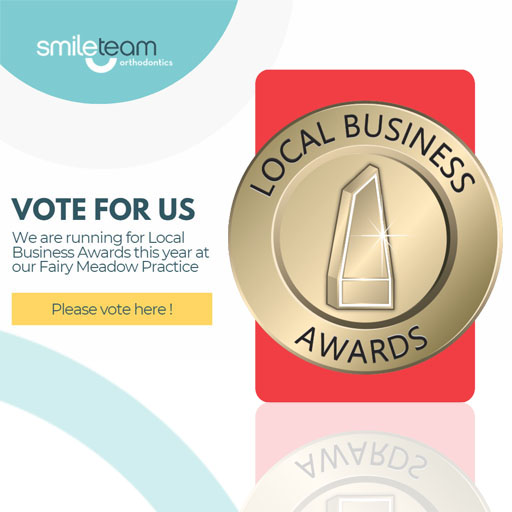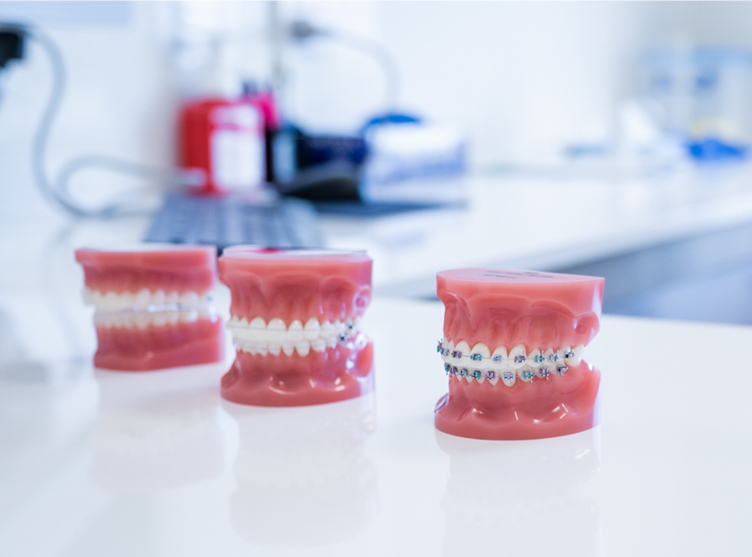
Braces are more than just a way to straighten teeth – they can also be personalised to suit your style. The small elastics used to hold the archwire in place, known as Modules, come in a wide range of colours. These can be changed at each orthodontic adjustment appointment, usually every 4–8 weeks, giving you the freedom to refresh your look throughout treatment.
Choosing a braces colour is a fun decision, but it also involves practical considerations such as tooth shade, lifestyle habits, and the type of braces you wear. Whether you are exploring metal braces, considering more discreet ceramic braces, or comparing them with Invisalign aligners, understanding the colours of braces will help you make confident choices during treatment.
What Are Coloured Modules?
Coloured modules are small rubber-like elastics that secure the archwire to the brackets attached to your teeth. While their main function is mechanical – maintaining orthodontic pressure – they are available in dozens of colours, from neutral to vibrant.
These modules are temporary and replaced at each adjustment, allowing patients to change colours frequently. Importantly, the choice of colour does not affect treatment effectiveness or tooth movement.

Why Do Patients Choose Colours?
Patients select braces colours for different reasons:
- Self-expression: Brace colours allow children, teens, and adults alike to express their personality or match their mood.
- Aesthetic blending: Some patients prefer discreet shades, such as silver, grey, or clear, to make their braces less noticeable.
- Confidence boost: Having control over appearance can make patients feel more positive during orthodontic treatment.
- Events and traditions: Patients often choose seasonal shades – red and green for Christmas, school colours for graduation, or even rainbow braces for festivals.
- Practicality: Certain colours enhance tooth whiteness, while others may show stains more easily.
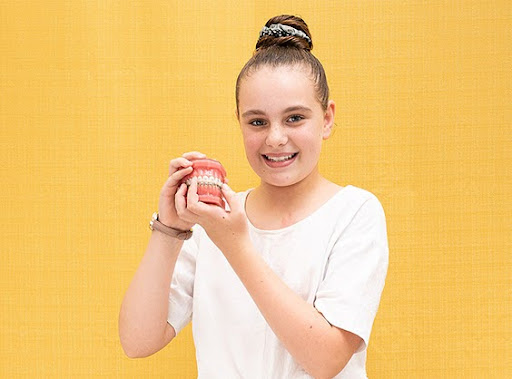
Key Factors to Consider When Choosing a Colour
When deciding which braces colours might work best, keep the following in mind:
- Tooth Shade
- Darker shades, such as navy or maroon, create contrast and make the enamel appear whiter.
- Very light shades, like white or pale pink, can emphasise yellow tones in teeth.
- Skin Tone and Hair Colour
- Warm complexions may suit earthy colours such as green or gold.
- Cool undertones pair well with blues, purples, or silver.
- Lifestyle and Diet
- Regular coffee, tea, curry, or red wine consumption increases the risk of staining lighter elastics.
- Smokers may find that clear or pale elastics discolour quickly.
- Age and Treatment Goals
- Children and teens often enjoy experimenting with bright or multiple shades of colour.
- Adults typically prefer professional, subtle tones like grey, black, or navy.
- Event Planning
- Patients may experience colour changes around weddings, birthdays, or cultural celebrations.
Popular Braces Colours Explained
Blue
Blue braces are one of the most popular colours for braces.
- Dark navy braces: Enhances tooth brightness and resists staining.
- Light blue braces: Offers a softer, subtle look, though it may fade faster.
Purple
Stylish and versatile, purple suits a wide range of skin tones.
- Dark purple braces: Trendy, stain-resistant, and pair well with pink or blue.
- Light lavender braces: Fun, but prone to staining.
Red
A bold choice often linked to festive seasons or celebrations.
- Eye-catching and expressive.
- May clash with gum or lip tones for some patients.
Green
Fresh and different, often chosen for school or sports colours.
- Works well with yellow or blue combinations.
- Very bright greens may resemble food particles.
Black
Sleek and modern, black is surprisingly popular.
- Provides a strong contrast, making teeth appear whiter.
- Some patients may find it too bold.
White or Clear
Chosen mainly by patients with ceramic braces who want a discreet look.
- Blends with tooth colour and is subtle in appearance.
- Easily stained by curry, tea, coffee, or smoking.
Pink
Pink braces are playful and expressive, often chosen by younger patients.
- Darker shades hold colour well.
- Light pinks are more vulnerable to discolouration.
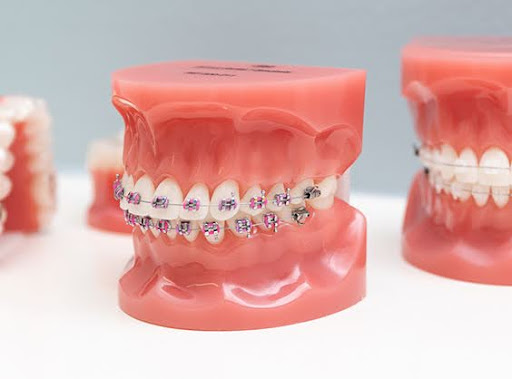
Table: Pros and Cons of Common Braces Colours
| Colour | Advantages | Disadvantages | Best For |
|---|---|---|---|
| Dark Blue/Navy | Makes teeth look whiter; versatile | Can fade slightly over time | Teens, adults |
| Purple | Stylish, suits many tones | Light shades stain easily | Fashion-conscious patients |
| Red | Bold and festive | May clash with gums/lips | Holidays, events |
| Green | Fresh and unique, pairs well with yellow | Bright greens resemble food | Team spirit, school colours |
| Black | Sleek, makes teeth appear whiter | Too bold for some | Adults, modern look |
| White/Clear | Discreet, subtle with ceramic braces | Stains quickly | Patients seeking subtlety |
| Pink | Fun, playful, youthful | Pale shades stain | Younger patients |

Colours That May Be Less Practical
Not every shade works well in every situation. Commonly avoided options include:
- White or clear: Easily stains with pigmented food and drink.
- Yellow or neon colours: May make teeth look more yellow or distract from the smile.
- Brown: Can resemble trapped food, making the smile appear less clean.

Mixing and Matching Colours
Patients don’t have to stick to one colour. Many enjoy mixing braces shades for a more personalised style:
- Seasonal themes Include Red and green for Christmas and orange and black for Halloween.
- Sports teams: School or club colours are popular.
- Alternating patterns: Pink and purple, or blue and teal, can create a playful design.

Orthodontists usually provide a colour chart at appointments, making it easy to preview how different shades or combinations will look.
Orthodontist’s Role in Colour Choice
If you are unsure which colours to choose, your orthodontist can help guide you. They may recommend:
- Neutral shades for patients who want braces to be less noticeable.
- Darker tones for those concerned about staining.
- Contrasting colours for patients who want their teeth to look brighter.
Orthodontists also ensure that bands are replaced correctly at every appointment, keeping treatment both effective and personalised.
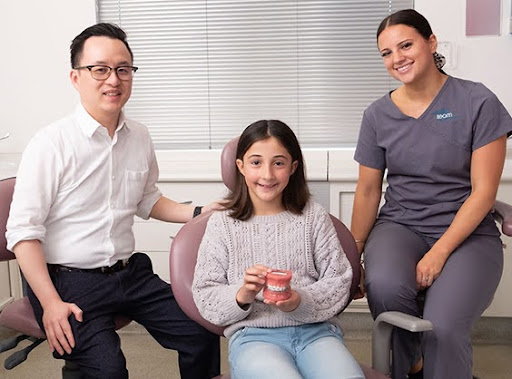
How Often Can You Change Braces Colours?
Brace colours are temporary, which means you can change them often throughout treatment. Each time you visit your orthodontist for an adjustment – usually every 4–8 weeks – the elastic modules are replaced. This gives you the chance to experiment with different looks.
Some patients prefer to stick with one consistent shade, while others switch to a new one every appointment. A teenager might opt for bright purple for the school dance, then swap to black during exam season for a more understated appearance. Adults often take advantage of this flexibility to choose subtle shades before weddings, professional presentations, or social occasions.
Being able to change colours regularly is one of the reasons patients find braces more enjoyable and personalised compared to the past, when colour options were limited.

Braces Colours for Different Age Groups
Children and Teens
Younger patients tend to be the most experimental. Popular choices include:
- Rainbow colours: A mix of several shades for a fun, playful effect.
- Seasonal themes: Orange and black for Halloween, red and green for Christmas.
- Friend or sibling matching: Choosing similar colours as peers for fun and solidarity.
Brace colours for children often become part of their personality during treatment, helping them feel more engaged and positive about the process.
Adults
Adults usually prefer neutral or darker tones that blend into professional and social settings.
- Silver or grey: Subtle and professional, especially on metal braces.
- Black or navy: Provide contrast and make teeth look whiter.
- Clear or tooth-coloured: Popular with ceramic braces, as they create a discreet look.
That said, adults are not limited to subtle shades. There is no restriction against choosing brighter colours if they wish.
Braces Colours for Special Occasions
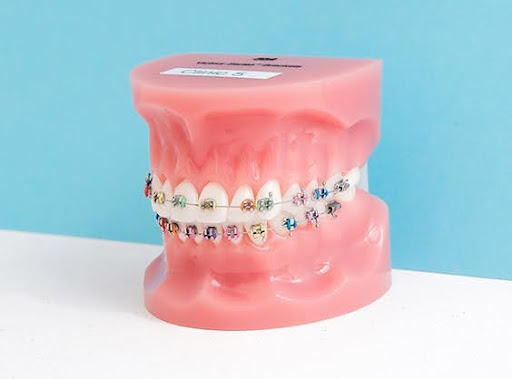
Orthodontic treatment often spans months or years, so it makes sense that patients want to coordinate their braces colours with major life events. Some examples include:
- Weddings: Many patients choose silver, pearl, or clear bands to keep their braces discreet.
- Graduations: School colours are a favourite way to celebrate this milestone.
- Festivals: Bright shades such as turquoise or pink are popular during festive seasons.
- Sports competitions: Patients often choose their team colours to show support.
Because elastics are replaced so frequently, braces can be part of the way you express yourself during memorable events.
Cultural and Seasonal Influences on Colour Choice
Colour choice also reflects cultural or seasonal traditions:
- Christmas: Red and green combinations are classics.
- Eid celebrations: Shades of gold, green, or silver are commonly selected.
- Lunar New Year: Red and gold symbolise prosperity and good fortune.
- Summer festivals: Bright colours like yellow, turquoise, and pink give a cheerful look.
These trends show how braces colours can be more than cosmetic – they can connect with personal identity, culture, and celebration.
Common Myths About Braces Colours
It’s easy to find misinformation about braces bands. Here are some common myths clarified:
- “Dark colours damage teeth.”
False. Dark elastics do not harm enamel. They only change the way your smile looks.
- “Only teenagers can wear bright colours.”
False. Colour choice is personal, and adults are free to wear bold shades if they wish.
- “The colour affects tooth movement.”
False. The mechanics of orthodontics depend on the archwire and brackets. Colour is purely aesthetic.
Debunking these myths helps patients focus on the fun side of braces’ colours without worrying about the effectiveness of their treatment.

Expert Tips to Keep Braces Colours Looking Fresh
Even though elastics are replaced regularly, these tips help them stay looking better between appointments:
- Brush and floss regularly: Plaque build-up can dull elastic colours.
- Avoid highly pigmented foods and drinks, such as tomato-based sauces, curry, coffee, tea, and red wine, which are common culprits.
- Rinse after meals: Helps reduce staining from food and drink.
- Avoid smoking: Tobacco quickly discolours light-coloured elastics.
- Keep up with orthodontic visits: Each visit refreshes your elastics, keeping them clean and vibrant.
FAQs About Braces Colours
Do braces’ colours affect treatment results?
No. The choice of colour is purely cosmetic and does not influence tooth movement.
Which colours make teeth look whiter?
Dark blues, deep purples, and black provide contrast that makes enamel appear brighter.
What colours stain the fastest?
White, clear, and pale pink elastics are the most prone to discolouration.
Can braces colours be customised for sports teams or special occasions like holidays?
Yes. Orthodontists often encourage themed colours to make treatment more engaging.
Do ceramic braces allow colour choices?
Yes. Most patients choose clear or tooth-coloured elastics, but coloured options are usually available.
Can I change colours at every appointment?
Yes. Elastics are replaced during each adjustment, giving you a new choice every few weeks.
Summary
Braces colours are a simple but powerful way to personalise orthodontic treatment. Whether you choose bold shades, discreet neutrals, or seasonal combinations, the right colour can help you feel more confident and in control of your smile journey.
Because elastics are replaced regularly, you have the freedom to experiment with new shades whenever you want. Darker colours often make teeth look brighter, while lighter shades can highlight staining. Ultimately, the “best” brace colour makes you feel comfortable and reflects your personality.
If you’re considering your options – whether traditional braces for reliable results, ceramic braces for subtlety, or Invisalign aligners for discretion – our team at Smile Team can provide expert guidance to help you choose the treatment and look that’s right for you.
